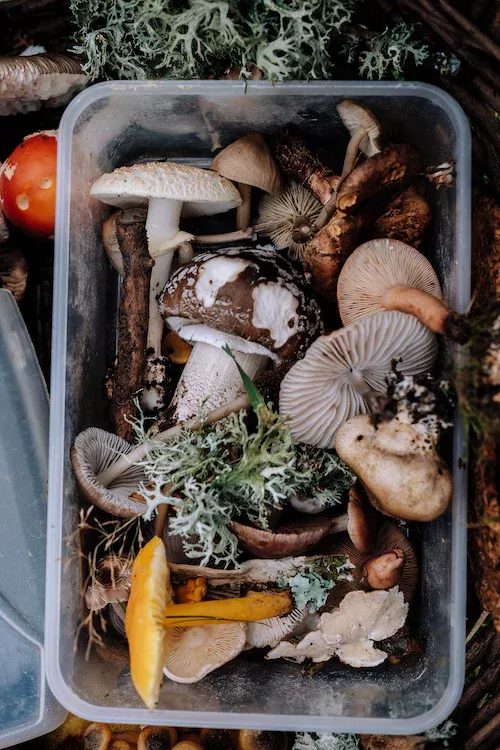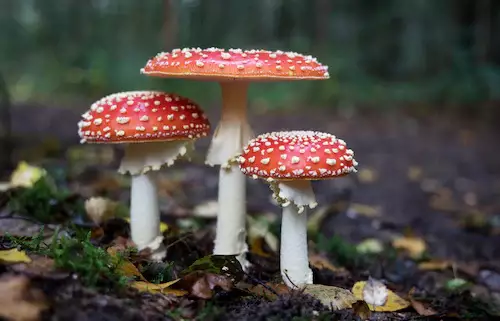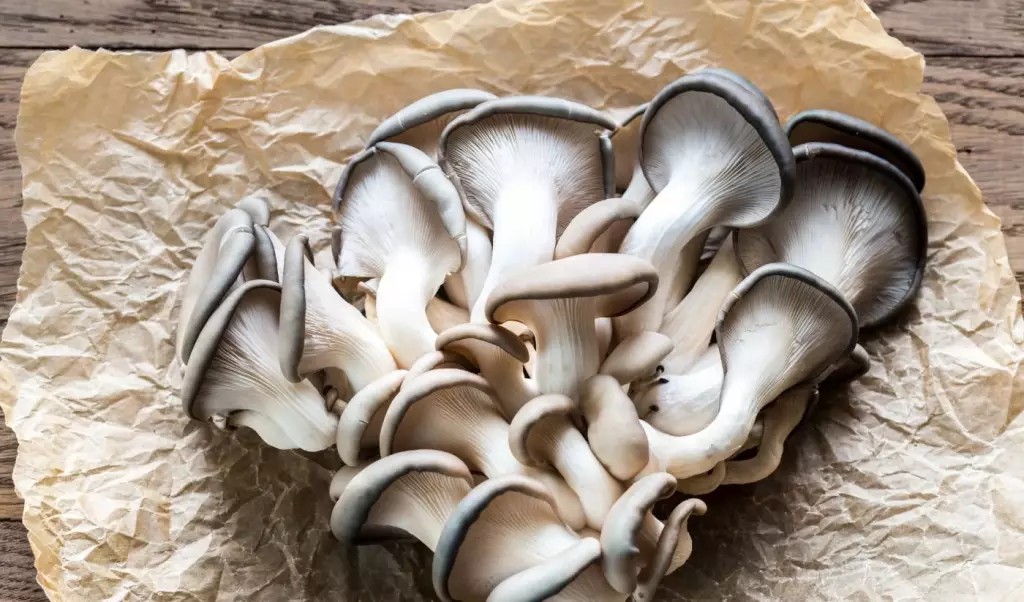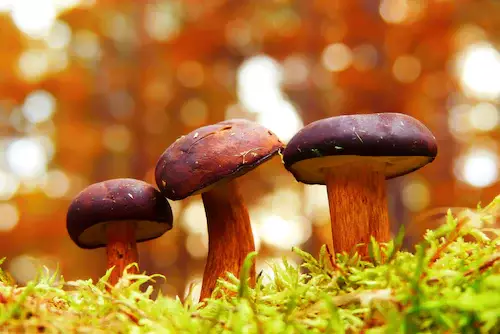How Long Does Oyster Mushroom Spawn Last?
The oyster mushroom is one of the most popular mushrooms in the world. Its popularity is due to its delicious flavor and versatility in the kitchen. However, one of the most important considerations for mushroom growers is the lifespan of the mushroom spawn. This article will explore the factors that affect the lifespan of oyster mushroom spawn.
Oyster mushroom spawn typically lasts for about one to two years, depending on the conditions in which it is stored. Keeping it in a cool, dry place and away from direct sunlight will help to extend its shelf life. Regular inspection of the spawn for any signs of mold or disease will help to ensure it remains viable.
Below you'll find tips for keeping the spawn viable for as long as possible. You'll also know about the different types of oyster mushroom spawn and how long they will last.
Summary
- Depending on the storage conditions, mushroom spawns can last anywhere from a few months to several years.
- Proper storage is essential to maintaining the viability of your spawn, so make sure to store it in a cool, dark place and keep it away from direct sunlight.
- Mushroom spawn can also be frozen for longer storage.

On this page:
Oyster Mushroom Spawn Lasts Up To 2 Years
The spawn can last for up one to two years if it is stored in a cool, dry environment and kept away from direct sunlight. Proper sanitation and hygiene practices must be followed to prevent contamination. With proper storage, you can enjoy the delicious taste of oyster mushrooms for many months to come.
The lifespan of oyster mushroom spawn depends on the environmental conditions in which it is stored. If the spawn is exposed to extreme temperatures, high humidity, or direct sunlight, its lifespan will be significantly shortened.
Different Types of Oyster Mushroom Spawn
Oyster mushroom spawns are available in a variety of forms, including sawdust, straw, grain, and plug spawns.
- Sawdust oyster mushroom spawn can be used for up to one year, as long as it is kept in a cool, dry environment.
- Straw and grain oyster mushroom spawn can last up to 3 years when stored properly.
- Plug oyster mushroom spawn can last up to several years if stored properly.

Factors That Affect The Lifespan Of Oyster Mushroom Spawn
The lifespan of oyster mushroom spawn can vary widely depending on some factors. This list will explore some of the primary factors that affect the lifespan of oyster mushroom spawn and provide tips on how to maximize its lifespan.
1. Oyster mushroom spawn is highly sensitive to temperature changes
Oyster mushroom spawn is highly sensitive to temperature changes due to the delicate nature of the mycelium. If the temperature rises too high, the mycelium will become inactive, whereas if the temperature drops too low, the mycelium will die.
Optimum temperatures for the growth of oyster mushroom spawn range from 65 to 75 °F (18 to 24 °C), and the temperature should be kept as consistent as possible.
2. Oyster mushroom spawn requires a certain level of humidity
High humidity is also essential for the successful growth of the oyster mushroom spawn. The humidity level should be kept between 85 and 95%, and the growing environment should be well ventilated to allow for air circulation.
If the humidity is too low, the spawn may become dried out and be unable to form fruiting bodies. If the spawn is exposed to too much or too little moisture, its lifespan will be drastically reduced.
3. Oyster mushrooms prefer darker environments
Oyster mushrooms (Pleurotus ostreatus) are edible mushrooms that thrive in dark, damp environments. They can be found growing indoors on logs, sawdust, straw, or compost, as well as in the wild, growing on dead or decaying trees.
Excessive light can kill the mushroom spawn by causing it to dry out, which will stop the mycelium from growing. In addition, too much light can cause the mushroom spawn to overheat, which will kill the mycelium. Too much light can also cause the mushroom spawn to become bleached, which will reduce its ability to grow and produce mushrooms.
Because of this, it is important to provide the correct amount of light for the mushroom spawn to grow and produce mushrooms. It should be exposed to indirect sunlight or fluorescent lighting and kept in a cool, dark place. The amount of light the mushroom spawn is exposed to should be monitored carefully to ensure it is not getting too much or too little.

4. Oyster mushroom spawn needs adequate air circulation
Oyster mushrooms are a type of fungi that require adequate air circulation to stay healthy and thrive. Oyster mushrooms are grown on a variety of substrates, but they all require air circulation to grow. Poor air circulation can lead to poor mushroom growth and poor yields, and it can even lead to diseases and fungal infections.
This means that the area should not be overcrowded and should not be in a confined space. An open area with good airflow is ideal for oyster mushroom cultivation.
5. Contamination from other fungi, bacteria, or viruses can quickly spread and kill the spawn
To avoid this, mushroom growers must take steps to prevent the spread of contamination.
- This includes proper sterilization and hygiene practices, as well as avoiding contact with other contaminated materials.
- Spawns should be kept in separate containers and monitored regularly for signs of contamination. If any signs are detected, the contaminated spawn should be discarded immediately.
- In the event of a contamination outbreak, the entire mushroom growing area should be disinfected, and all spawns should be destroyed to prevent the further spread of the contamination.
6. Oyster mushroom spawn needs the right nutrients
Oyster mushrooms require a substrate with a high nutritional content for the mycelium to grow and spread. The best substrate for this purpose is usually straw, which is high in carbohydrates and nitrogen.
A mixture of straw and other organic matter such as wood chips, sawdust, or cottonseed meal can also be used. The substrate should be pasteurized before being used to kill any harmful bacteria or fungi present.
In addition to the substrate, oyster mushroom spawn needs a source of calcium carbonate and other essential minerals to stay healthy. Calcium carbonate can be added to the substrate, or it can be added to the growing environment in the form of oyster shell or limestone flour. Other minerals such as magnesium, iron, zinc, and manganese can be added to the growing environment.
7. Oyster mushroom spawn needs oxygen to survive
The growing environment needs to be well-ventilated to ensure an adequate supply of oxygen. The mycelium will also benefit from a light misting of water 1-2 times a day to supplement the oxygen supply.

Tips for Keeping Oyster Mushroom Spawns Viable
Here are some tips for successfully keeping your oyster mushroom spawns alive and able to reproduce.
- Keep the spawn in an airtight container and use it within a few months after freezing. Spawn stored in the refrigerator will last for up to a month. It is important to keep the spawn in an airtight container and check it regularly for any signs of contamination.
- Sterilize any tools and surfaces before handling oyster mushroom spawns.
- Keep oyster mushroom spawn away from animals and other sources of contamination.
- Keep a record of the date when oyster mushroom spawns were harvested and stored.
- Do not expose the spawns to strong odors, as they can be absorbed and alter the flavor of the mushrooms.



